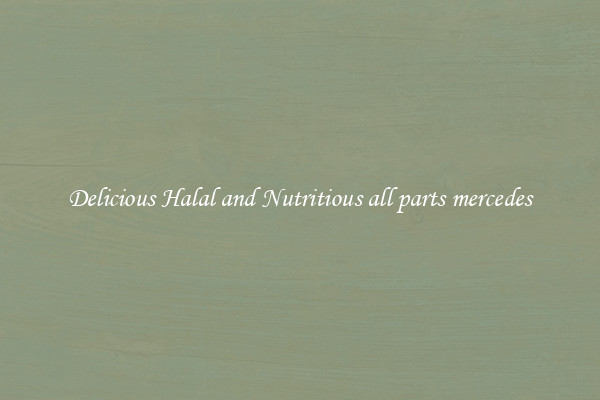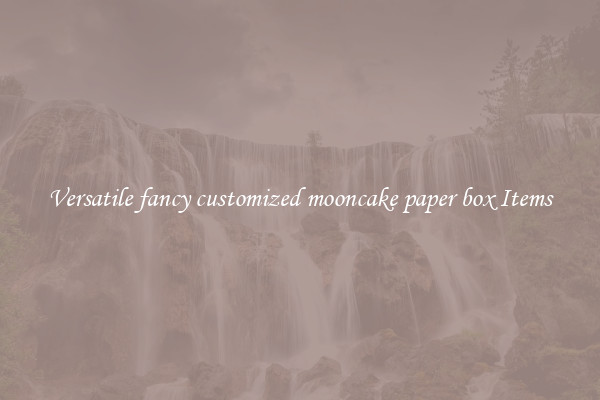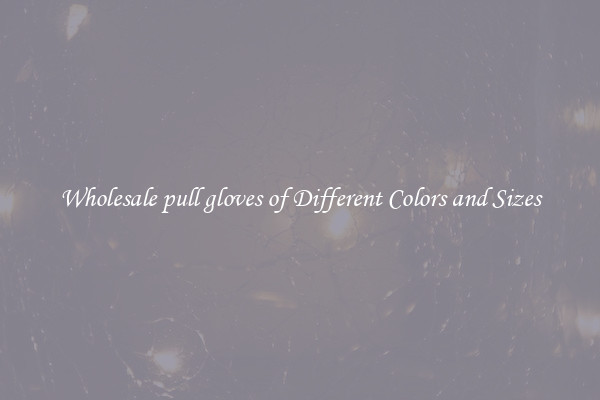china oil paper china oil paper Suppliers and Manufacturers
China oil paper has been a traditional material used for centuries in various Chinese art forms, including calligraphy, painting, and even as a wrapping material for food. This versatile and durable paper is made from the inner bark of the mulberry tree and coated with oil to give it a smooth and water-resistant surface.

The production of China oil paper involves a meticulous process that has been passed down through generations of skilled craftsmen. The inner bark of the mulberry tree is harvested, boiled, and beaten to create a pulp that is then spread out onto mesh screens to dry. Once dry, the paper is coated with a special mixture of tung oil and alum to make it waterproof and resistant to aging.
China oil paper is known for its absorbent qualities, allowing ink to be applied smoothly without bleeding or smudging. This makes it an ideal material for calligraphy and painting, where precise brush strokes are essential. The smooth surface also makes it suitable for detailed work, such as fine lines and intricate designs.
In addition to its use in art, China oil paper is also commonly used as a wrapping material for food, particularly in traditional Chinese cuisines such as zongzi and sesame pancakes. The oil coating helps to keep the food fresh and prevents it from sticking to the paper, making it easy to unwrap and eat.
There are many suppliers and manufacturers of China oil paper in China, each offering their own unique variations and qualities. Some suppliers specialize in traditional handcrafted paper, while others may offer modern variations with different coatings or textures. It is important to choose a reputable supplier who uses high-quality materials and sustainable practices to ensure the best results.
Overall, China oil paper is a versatile and durable material that has been valued for centuries in Chinese culture. Its unique qualities make it a staple in various forms of art and cuisine, and its continued production by skilled craftsmen ensures that this traditional material will remain a significant part of Chinese heritage for years to come.

View details

View details

View details

View details








